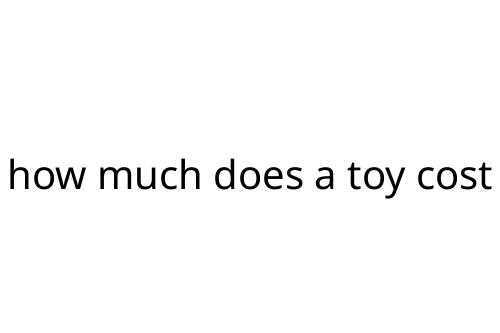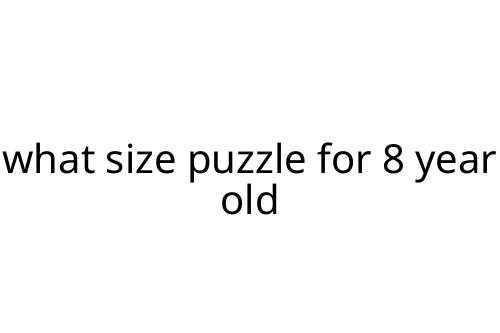how much does a toy cost
When you walk down the toy aisle or scroll through online shops, one question always comes up: how much does a toy cost? The answer isn’t as straightforward as a single number. Toy prices can swing wildly based on several factors, from brand prestige to toy types. If you’re trying to budget for a child’s birthday, prepare for holiday shopping, or just curious about everyday prices, it pays to know what drives those numbers.
Basic Price Ranges
Most basic, mass-produced toys—think small action figures, simple dolls, or plastic vehicles—usually fall between $5 and $20. These are the classic starter toys you’ll see in big-box retail stores. At this price, you’re looking at minimal electronics, simpler materials, and toys often made overseas.
Mid-range toys, which include branded board games, building block sets, or larger plush toys, tend to cost $20 to $50. Here, you’ll notice better quality, licensing (like Disney or Marvel), and sometimes additional features, such as sound or light.
High-end toys enter the $50 and up range. This tier covers large Lego sets, remote control vehicles, STEM kits, or tech-integrated devices like smart robots. Collectibles and specialty items—for example, rare action figures or hand-crafted dolls—can push prices into the hundreds.
Factors Affecting Toy Cost
Brand and Licensing: Big-name brands command higher prices, especially when they’re tied to movies or franchises. A generic plush may cost $15, while a licensed character from a trending film might double that.
Materials and Complexity: Wooden toys, eco-friendly options, or those with intricate moving parts will be pricier than basic plastic versions. Electronic or interactive toys also hike up the price, thanks to added components and development costs.
Where You Buy: Brick-and-mortar stores, online marketplaces, and specialty shops can have noticeable pricing differences. Shopping during sales or the off-season can yield better prices.
Age Range and Safety: Toys designed for younger children have stricter safety standards, and this can reflect in the pricing. Durable, non-toxic materials and design features add to manufacturing costs.
Pros and Cons of Spending More
Pros:
Paying extra can mean higher durability, more engaging play, and peace of mind with safety. Premium toys often hold attention longer and might even appreciate in value if they’re collectibles.
Cons:
Spending money doesn’t always equal better fun or learning. Some expensive toys end up gathering dust, while a simple, imaginative toy can be played with every day. Budget options, especially for rapidly growing children, make sense for many families.
Practical Tips
- Research before buying. Review sites and customer feedback can save you money.
- Watch for sales—Black Friday, holiday clearances, and online deal days often yield significant discounts.
- Consider secondhand options for certain types of toys, but always check for safety and recalls.
The Bottom Line
So, how much does a toy cost? There’s no single answer. Most fall between $5 and $50, with specialty options going much higher. It’s smart to balance quality and price, evaluate the purpose, and shop around. In the end, a toy’s true value is in the play it provides, not just its price tag.




